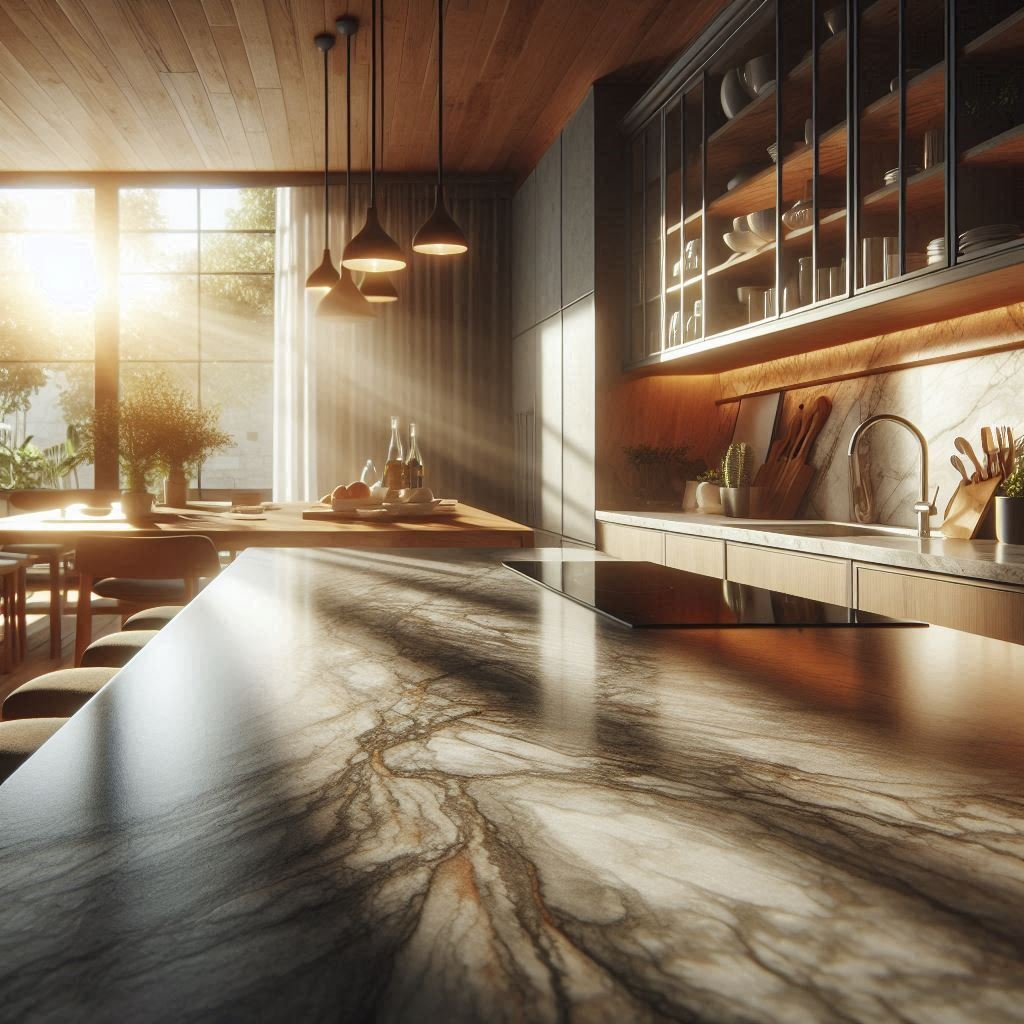When it comes to home improvement projects or renovations, choosing the right materials is a crucial decision. Natural stone has gained immense popularity for its timeless beauty, durability, and unique aesthetic appeal. From kitchen countertops to bathroom floors, natural stone adds a touch of elegance and sophistication to any space. However, before embarking on a project involving natural stone, it’s important to understand the costs involved. In this blog post, we will delve into the factors influencing the price of natural stone per square foot, helping you make an informed decision for your next project.
Factors Affecting Natural Stone Costs:
The cost of natural stone per square foot can vary significantly based on a multitude of factors. Here are some key considerations that impact the price:
- Type of Stone: Different types of natural stone, such as granite, marble, quartzite, slate, and travertine, have varying price points. For instance, marble is often considered more luxurious and therefore tends to be more expensive compared to slate, which is more readily available.
- Quality and Rarity: The quality and rarity of the stone also play a significant role in determining its price. Stones with unique patterns, rare colors, or limited availability can command higher prices due to their exclusivity.
- Source and Origin: The location from which the stone is quarried can impact its cost. Stones imported from distant locations may incur higher transportation costs, affecting the final price. Additionally, local availability can influence the price point.
- Grade and Finish: Natural stones come in different grades based on their quality, appearance, and flaws. Higher-grade stones with fewer imperfections will generally cost more. The chosen finish, such as polished, honed, or leathered, can also impact the price.
- Thickness: The thickness of the stone slab or tile can affect the price. Thicker stones may be more durable but can also be pricier due to the extra material and labor required.
- Installation Complexity: The intricacy of the installation process can influence the overall cost. Complex designs, intricate cuts, and challenging installations may require more skilled labor and, consequently, higher costs.
Understanding the Price Ranges:
To provide a better understanding of the price ranges for different types of natural stone, here’s a table showcasing the average cost per square foot:
| Type of Natural Stone | Price Range (per sq. ft.) |
|---|---|
| Granite | $40 – $100 |
| Marble | $50 – $150 |
| Quartzite | $60 – $120 |
| Slate | $10 – $30 |
| Travertine | $30 – $80 |
It’s important to note that these price ranges are approximate and can vary based on the aforementioned factors.
Tips for Cost Management: While natural stone can be a significant investment, there are several strategies you can employ to manage costs without compromising quality:
- Compare Options: Obtain quotes from multiple suppliers to compare prices and find the best deal for your desired stone type and quality.
- Consider Alternatives: If a particular type of natural stone is outside your budget, consider alternative stones that offer similar aesthetics at a lower cost.
- Optimize Cuts: Minimize waste by working closely with your installer to optimize cuts and reduce material wastage.
- Choose a Standard Thickness: Opting for a standard thickness can help lower costs compared to thicker slabs.
- Prioritize Quality: While it might be tempting to choose a lower-grade stone to save money, investing in higher-quality stone can lead to longer-lasting and more visually appealing results.
Maintenance and Longevity:
While the upfront cost of natural stone can be significant, it’s important to also consider the long-term benefits it offers. Natural stone is known for its durability and longevity. With proper care and maintenance, it can withstand the test of time, making it a wise investment for your home. Unlike synthetic materials that might need frequent replacements, natural stone can last for decades, ultimately providing value over the years.
Factors to Keep in Mind:
- Sealing: Depending on the type of natural stone, it may require periodic sealing to protect it from stains and moisture. The frequency of sealing varies, with some stones needing it more often than others. While sealing adds a small additional cost, it’s a crucial step in maintaining the appearance and integrity of your stone.
- Regular Cleaning: Proper cleaning is essential to prevent dirt, grime, and spills from dulling the stone’s surface. Using mild, pH-balanced cleaners and avoiding harsh chemicals is recommended to ensure the longevity of the stone’s finish.
- Avoiding Impact: Natural stone is durable, but it can chip or crack upon impact with heavy objects. Taking precautions to avoid dropping heavy items onto the stone surface will help prevent damage.
- Heat Resistance: Most natural stones are heat-resistant, but extreme temperature changes can potentially cause cracks or damage. Using trivets or hot pads under hot cookware is advisable to protect the stone’s surface.
- Professional Maintenance: For extensive wear and tear or damage, it’s best to consult professionals who specialize in stone restoration and repair. They can assess the damage and recommend appropriate measures to restore the stone’s appearance.
Cost vs. Value:
While natural stone may have a higher upfront cost compared to some other materials, it’s important to consider the value it brings to your home. The aesthetic appeal and timeless elegance of natural stone can enhance the overall ambiance and visual appeal of your living space. Additionally, the durability and longevity of natural stone can lead to increased property value, making it a worthwhile investment.
When evaluating the cost vs. value of natural stone, consider factors such as:
- Resale Value: The addition of natural stone features, such as countertops or flooring, can make your home more attractive to potential buyers, potentially leading to a higher resale value.
- Aesthetic Appeal: The luxurious and sophisticated look of natural stone can elevate the design of your home, creating a unique and memorable environment.
- Durability: Natural stone’s resistance to wear and tear means that it will maintain its appearance and functionality for many years, reducing the need for frequent replacements.
- Timeless Beauty: Unlike trends that come and go, the beauty of natural stone is timeless, ensuring that your investment remains relevant and stylish for years to come.
Conclusion:
Investing in natural stone for your home is a decision that involves multiple considerations, including the initial cost, ongoing maintenance, and long-term value. By understanding the factors that influence the price per square foot and taking steps to properly care for and maintain your natural stone surfaces, you can enjoy the beauty and durability of this exceptional material for years to come. Whether it’s granite, marble, quartzite, slate, or travertine, natural stone has the potential to transform your living space into a showcase of elegance and sophistication. Remember, when it comes to the timeless allure of natural stone, the investment is not just in the material itself but in the enduring beauty it brings to your home.

